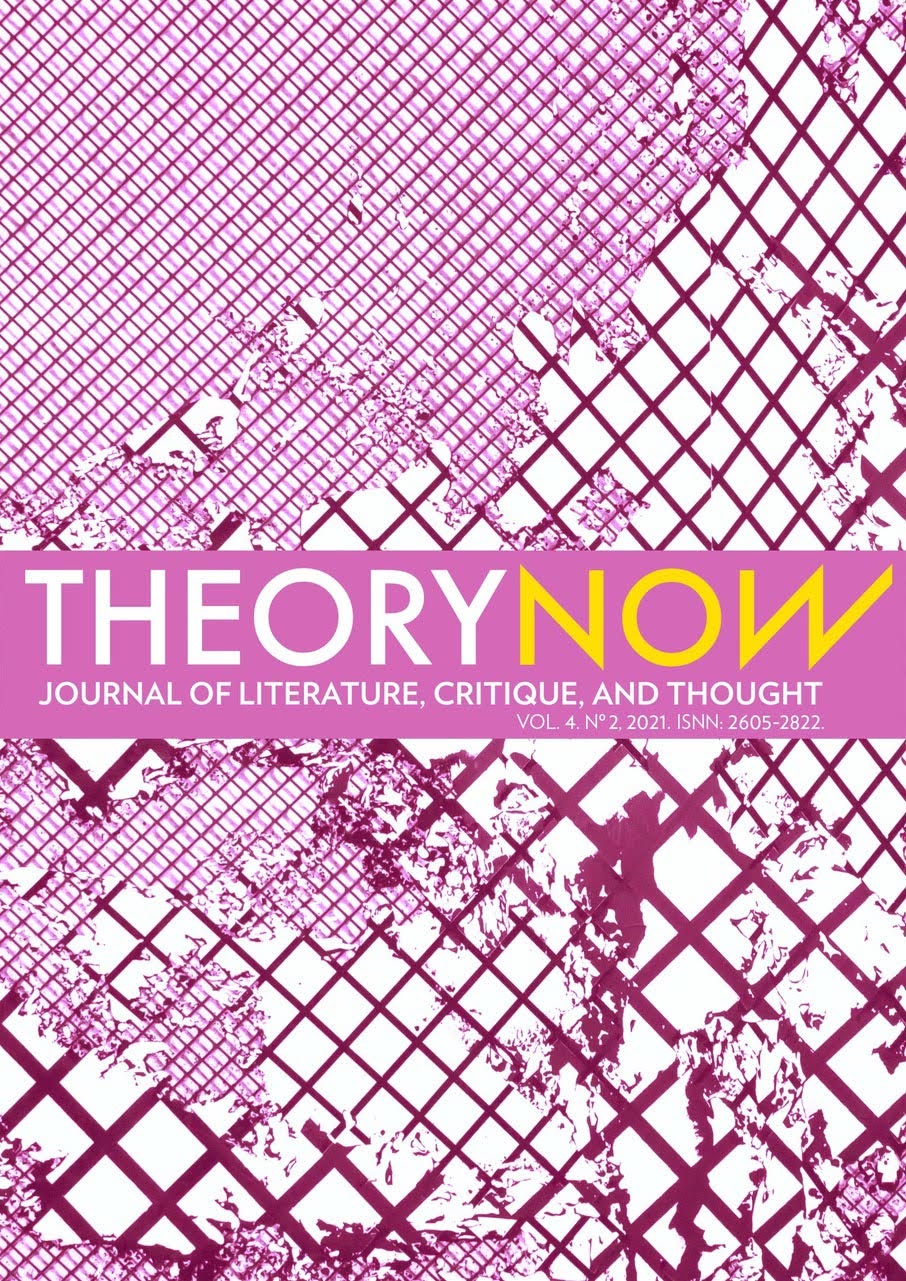Stakes and Challenges of Spatial Humanities: a diagrammatic approach
DOI:
https://doi.org/10.30827/tn.v4i2.21120Abstract
This paper aims to offer a schematic and articulated vision of the main questions and concepts that delimit the broad and diffuse field of Spatial Humanities, characterized by its transdisciplinary nature. We start from the idea of visual thinking and we adopt then a diagrammatic approach in order to give an example of how visualization methods can help to tackle theoretical problems and see clear when it comes to complex issues. In particular, we use the graphic format called Venn diagram, which enables to give spatial form to those challenges and stakes mentioned above. It does so by placing (spatializing) concepts inside the diagram circles and their intersections.
Considering first four main axes or circles (reading wars, (un)mappability, graphesis and geovisuality), we deal with overlapping areas of two (scalar reading. Humanistic GIS, infographic turn, spatial turn) and three circles (cartographic writing, networks, maps in literature, cognitive mapping). Finally, in the core of the diagram we find the idea of literary texts as thick maps requiring a transdisciplinar approach. The kind of approach provided precisely by geography, map studies, cognitive studies, visualization studies and literary theory.
Downloads
Downloads
Published
How to Cite
Issue
Section
License
Theory Now. Journal of Literature, Critique, and Thought is an immediate open-access publication which is available at no cost for readers and authors alike. Authors are not charged any kind of fee for the editorial processing of their articles. Reading, downloading, copying, distributing, printing, searching, linking or reusing all published articles for non-commercial uses is allowed on the condition of citing the author, the journal and the editing body. All intellectual material published in this journal is protected under a Creative Commons Attribution-NonCommercial 3.0 Spain license.
Dissemination of the articles in social (Facebook, Twitter, Linkedin, etc.) and scientific networks (ResearchGate, Academia.edu, etc.), public repositories at universities and other institutions, blogs, personal or institutional websites, Google Scholar, ORCID, ResearchID, ScopusID, etc. is strongly encouraged. In all cases, the intellectual property of the articles and any possible monetary profits derived from them belong exclusively to the authors.













